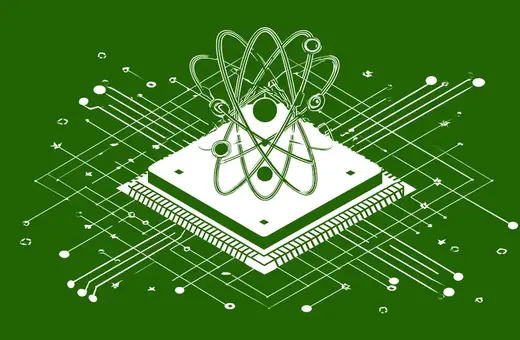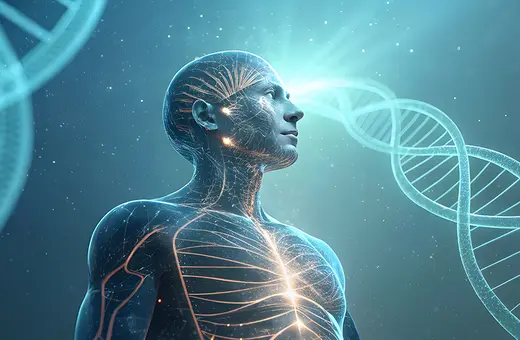Claims are being made that artificial intelligence will allow us to translate animal language. Following Wittgenstein, Constantine Sandis thinks different.
The growing market for ‘pet communication buttons’ is leading to a rise in the number of extremely impressive videos and blogs from pet owners documenting how their animals – particularly canines – use talking pet buttons. I recently tried a couple of these button sets on my dog, Calypso, and she gave them a bit of a half-hearted chew before losing all interest, so we won’t be starting any TikTok trends just yet. What is more, recent headlines suggest that AI, and in particular large language models, can help us translate the sounds animals make to communicate with each other into human language. Wittgenstein's philosophy can help us understand why such far-fetched claims of animals communicating in a human language, and humans understanding animal language are misleading.
The basic premise of pet communication is simple enough. The cats, dogs, birds, and other non-human animal companions with whom we share our lives clearly have a working understanding of the words or phrases that we use to communicate with them: ‘wait’, ‘eat your food’, ‘where’s your ball?’, ‘walking home’, etc. Although philosophers of various stripes may concoct fancy arguments in defence of the view that non-human animals have no language or concepts, there are no fixed parameters to what counts as a language, and only someone in the grip of a philosophical theory would be tempted to deny that our fellow creatures have any kind of grasp (however limited) of certain concepts.
___
Animals may also have concepts that humans lack, for to share a concept is to share a form of life and the everyday practices that go along with this.
___
The main technology used by ‘pet communication buttons’ dates back to the century-old electric era of sound recording. By pre-recording ourselves uttering specific words and phrases that our animal companions already respond to, we give them the tools not only to respond to our calls but also to actively request such things as food, water, or cuddles whenever they want them. They do this not through their usual range of pet sounds and gestures, but rather by recalling the position of the appropriate button. They can literally push the button and let us know. Some non-human animals are even able to form primitive sentences using their names, as well as those of other animals in the household. By memorising which button releases which sound, the button-pressing behaviour of your animal companion replaces their more primitive physical behaviour and accompanying sounds. The process is eerily similar to that hypothesised by Ludwig Wittgenstein in relation to how a child may come to say ‘I am in pain’ rather than crying.
Here is one possibility: words are connected with the primitive, natural, expressions of sensation and used in their place. A child has hurt himself and he cries; then adults talk to him and teach him exclamations and, later, sentences. They teach the child new pain-behaviour.
Wittgenstein, Philosophical Investigations, § 244




















Join the conversation